Lake Erie walleye will benefit from dam removal
2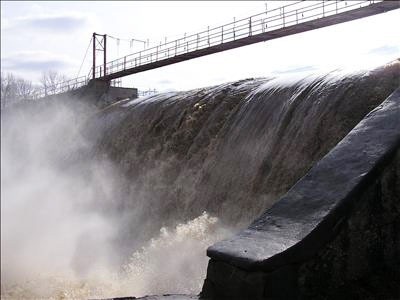
Ballville Dam
After years of swimming in toxic algae and increased human waste, Lake Erie’s walleye might finally be catching a break.
A $10 million project to remove the Ballville Dam along the Sandusky River in Ohio will reconnect miles of the waterway to Lake Erie, allowing walleye and other fish to reach spawning grounds that have been inaccessible since the dam’s construction in 1911.
Ohio’s Controlling Board has recently approved use of a $2 million grant from the U.S. Fish and Wildlife to help fund the dam removal. It was the largest single allocation among the $4.7 million dispensed through the Great Lakes Fish and Wildlife Restoration Act, a program that aims to enhance animal habitats.
That funding will be added to an $8 million grant from the Great Lakes Restoration Initiative that was announced earlier this year. Other contributors include the Ohio Department of Natural Resources and the U.S. Army Corps of Engineers.
Demolition of the 35-feet-high, 420-feet-wide dam is slated to begin in July.
“The Lake Erie fishery faces numerous challenges, but the removal of the Ballville Dam, long overdue, will open up 22 miles of precious natural habitat for walleye and other important fish,” Rep. Marcy Kaptur (D., Toledo) stated in a news release.
The river’s walleye stock has been struggling in recent years, and removal of the dam is anticipated to help significantly in stabilizing and improving the fish population. Walleye spawning in the Sandusky swim out of Lake Erie, cross Sandusky Bay, then ascend the river.
The breeding problems in the Sandusky are representative of a larger population issue within Lake Erie.
This summer’s trawls indicated that the 2010 Lake Erie walleye hatch continues a nearly decade-long trend of declining stocks, which is likely also influenced, among many other factors, by blooms of blue-green algae that consume much of the water’s dissolved oxygen and create toxins harmful to fish, while, unlike green algae, contributing nothing to the food web.
What are your thoughts on the condition of Lake Erie’s fishery? Share them in the comments below.
State approves money to help remove Ballville Dam [The Advertiser-Tribune] $2M grant to aid in removal of dam [Toledo Blade] City could receive grant to help fund dam removal [The News-Messenger]
Image credit: http://pics.wtol.com/MediaItemView.aspx?id=84389




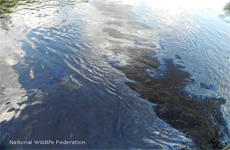
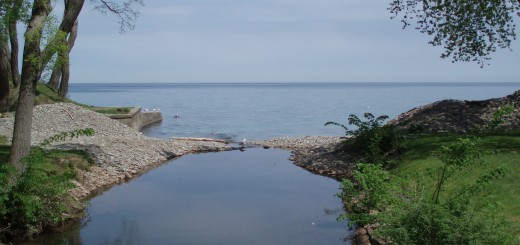
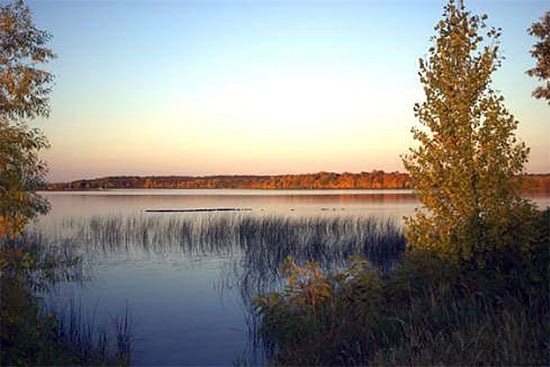
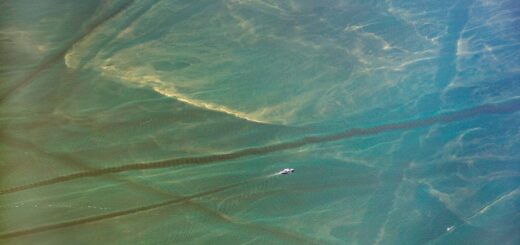

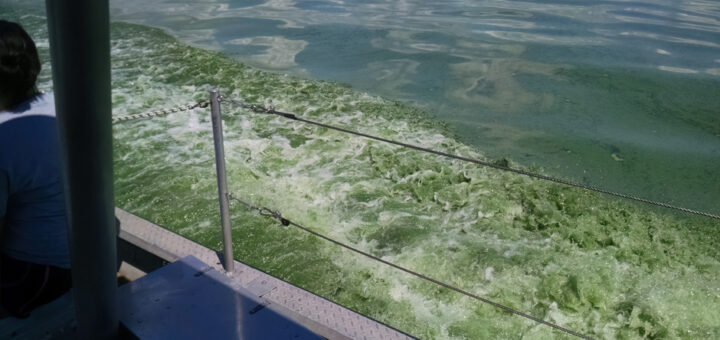

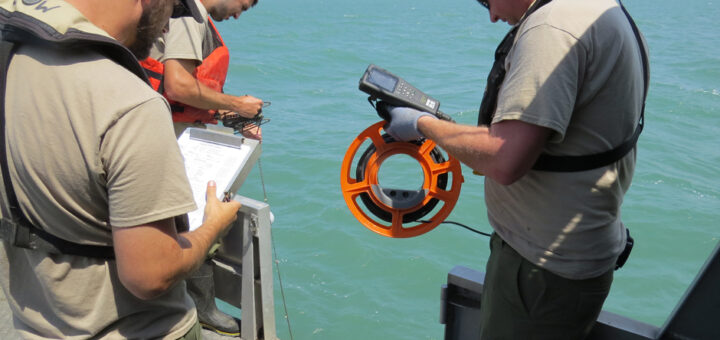
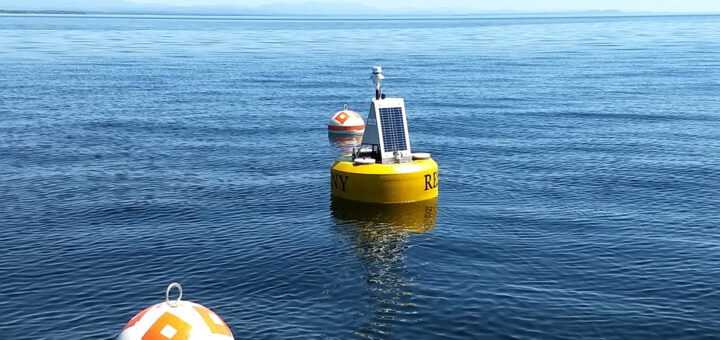

Score one for the Muskie!
It’s nice to see something being done about Lake Erie.
I’m hoping that removal of this dam will increase the walleye fishery, especially the winter “ice fishing” season. As a guide, I really don’t like having people pay me to fish for walleye, and then not catch their limits. This season has been “ok”, but nothing like past years.
Score one for the walleye’s for sure!